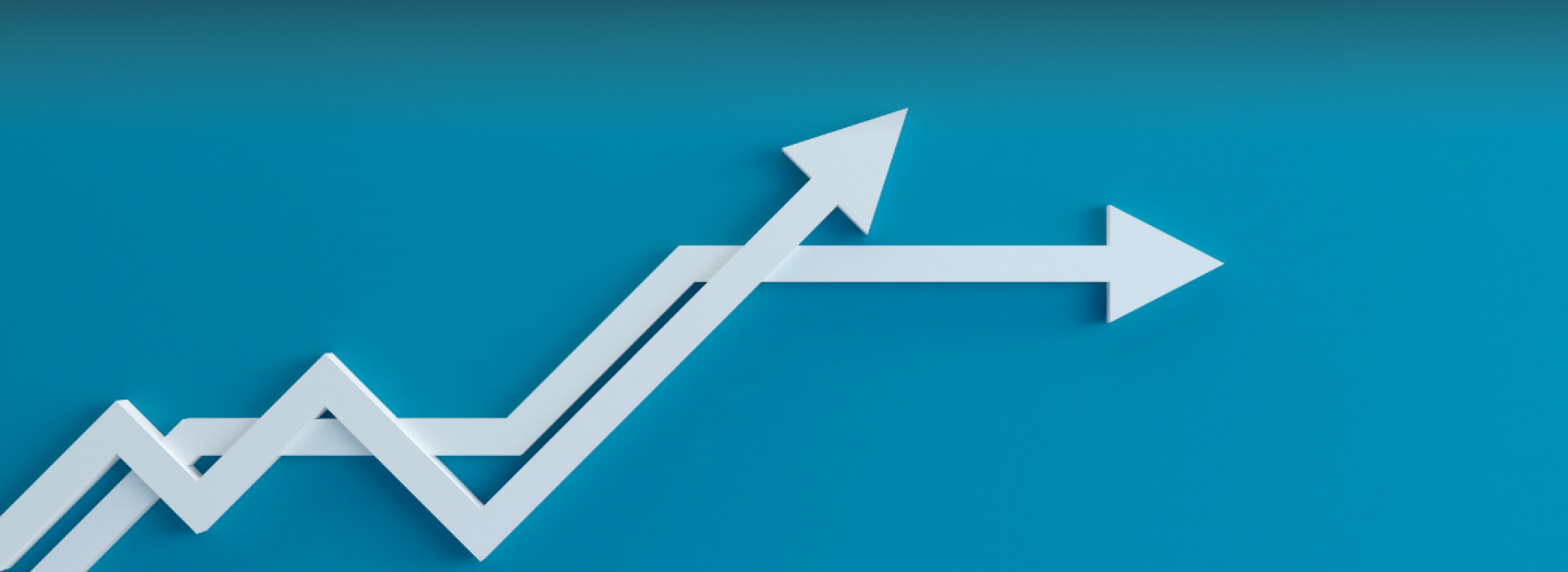The Economic Impact of Counterfeit Healthcare Products
Counterfeit healthcare products are a growing concern worldwide, affecting not only patient safety but also having significant economic repercussions. The proliferation of fake medications and medical devices undermines public health, drains economic resources, and imposes substantial costs on the healthcare industry. The importance of initiatives like TrueMed in mitigating these effects has transitioned from a luxury to a necessity.
The Scope of the Problem
The global trade in counterfeit pharmaceuticals is estimated to be worth between $200 billion and $431 billion annually, according to a report by the World Health Organization (WHO). The WHO reports that up tp 10% of medicines available globally could be counterfeit. This alarming figure represents a significant portion of the total pharmaceutical market, indicating the widespread nature of the problem. Counterfeit products can range from fake versions of brand-name drugs to substandard generic drugs, affecting a wide array of therapeutic categories and posing a substantial threat to public health.
Direct Economic Costs
Loss of Revenue for Legitimate Manufacturers: Counterfeit products siphon off revenue from legitimate manufacturers, leading to substantial financial losses. Pharmaceutical companies invest heavily in research and development (R&D) to bring new drugs to market. The presence of counterfeit products erodes their market share and profitability, which in turn affects their ability to fund future R&D projects. This loss of revenue can hinder the advancement of new and innovative treatments, ultimately affecting patient care and medical progress.
Increased Healthcare Costs: The presence of counterfeit drugs can lead to treatment failures, adverse reactions, and prolonged illnesses, resulting in additional medical expenses. According to the National Association of Boards of Pharmacy (NABP), counterfeit drugs contribute to an estimated $75 billion annual loss to the global economy due to increased healthcare costs and lost income from prolonged illness. Patients who unknowingly consume counterfeit drugs may experience worsened health conditions, leading to increased visits to healthcare facilities, additional diagnostic tests, and prolonged treatment regimens.
Costs to Regulatory and Enforcement Agencies: Government regulatory and enforcement agencies incur significant costs in their efforts to combat counterfeit healthcare products. These costs include monitoring and surveillance, investigation and enforcement actions, and public awareness campaigns. The resources allocated to these activities could otherwise be directed toward enhancing public health infrastructure and services.
Indirect Economic Costs
Impact on Employment: The economic burden extends to employment in the pharmaceutical industry. Legitimate manufacturers may face reduced sales and profits, leading to job losses and a decrease in investment in the workforce. Pharmaceutical companies may also be compelled to downsize or relocate operations to mitigate financial losses, resulting in further job displacements and economic instability in affected regions.
Strain on Healthcare Systems: Counterfeit products often lead to increased hospital admissions and longer hospital stays, putting a strain on healthcare systems. This additional burden diverts resources from other critical areas of healthcare, exacerbating the economic impact. For example, the need to treat complications arising from counterfeit drug use may lead to the postponement or cancellation of elective surgeries, creating a backlog of medical procedures and prolonging patient suffering.
Loss of Public Trust: The proliferation of counterfeit healthcare products undermines public trust in the healthcare system. Patients who fall victim to counterfeit drugs may lose confidence in their healthcare providers and the medications they are prescribed. This loss of trust can have far-reaching consequences, including reduced patient adherence to prescribed treatments and a general decline in public health outcomes. In all cases, patient or consumer is the ultimate loser and is suffering the consequences.
Global Trade and Economic Stability
Counterfeit healthcare products also disrupt global trade and economic stability. The infiltration of fake products into legitimate supply chains can damage the reputation of affected countries, reduce foreign investment, and harm international trade relations. The Organization for Economic Co-operation and Development (OECD) estimates that counterfeit goods, including pharmaceuticals, account for 3.3% of global trade. The economic ramifications of counterfeit products extend beyond the healthcare sector, affecting a wide range of industries and contributing to global economic instability.
The Role of TrueMed
TrueMed plays a crucial role in combating the economic impact of counterfeit healthcare products. By leveraging the Digital Forensic Lab to verify the authenticity of medications, TrueMed helps protect legitimate manufacturers’ revenues and ensures patients receive safe and effective treatments. TrueMed uses AI-driven, cutting-edge solutions that secure the pharmaceutical supply chain and prevent counterfeit products from reaching consumers without requiring any modifications to manufacturing.
TrueMed’s efforts enhance the global economy by reducing counterfeit products and their associated costs. By securing the pharmaceutical supply chain, TrueMed helps maintain public trust in healthcare systems and supports the industry’s economic stability. Prioritizing the fight against counterfeits safeguards public health and protects economic stability. TrueMed’s innovative solutions ensure patients receive genuine, safe treatments while bolstering the resilience of the pharmaceutical sector.
References
- World Health Organization (WHO). (2017). “A Study on the Public Health and Socioeconomic Impact of Substandard and Falsified Medical Products.” WHO Report.
- National Association of Boards of Pharmacy (NABP). (2020). “Counterfeit Drugs: Real Risks, Real Solutions.” NABP Report.
- Organization for Economic Co-operation and Development (OECD). (2019). “Trends in Trade in Counterfeit and Pirated Goods.” OECD Report.


